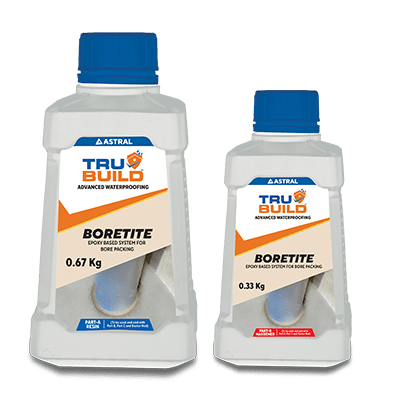What is the Difference Between Tile Adhesive and Grout?
Jan 23, 2024
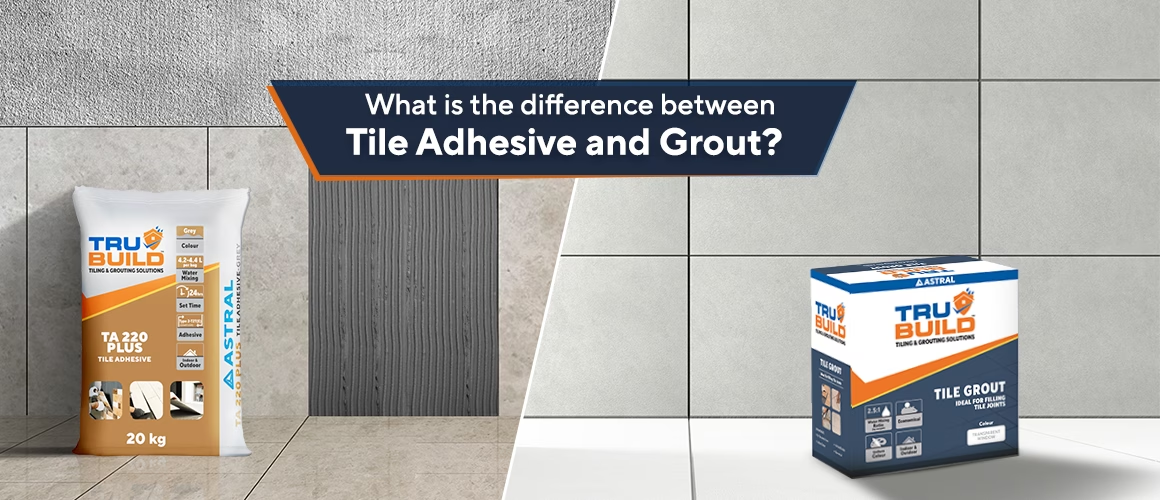
When installing tiles in your home, you need the right materials for a lasting finish. Two key components that play an important role are tile adhesive and grout. While both are essential for a successful tiling job, they serve different purposes. Understanding the difference between them helps homeowners and professionals make the right choices for a long-lasting and visually appealing result.
What is Tile Adhesive?
Tile adhesive is a bonding agent designed to fix tiles to various surfaces, such as walls and floors. It ensures tiles remain firmly in place and prevents them from shifting over time. Tile adhesives are available in different formulations, including cement-based, ready-mixed, and epoxy-based varieties. The right choice depends on the type of tile, surface, and environmental conditions.
The key characteristics of tile adhesive include:
- Strong bonding properties that enhance the durability of tiled surfaces.
- Flexibility to accommodate slight movements in the substrate.
- Water and heat resistance, making it ideal for bathrooms, kitchens, and outdoor areas.
- Compatibility with different tile materials, including ceramic, porcelain, and natural stone.
Using the right tile adhesive ensures a stable foundation for tiles, which reduces the risk of cracks or detachment over time.
What is Tile Grout?
Tile grout is used to fill the gaps between tiles after they have been fixed in place. It improves the appearance of the tiled surface and prevents moisture and dirt from seeping beneath the tiles. Tile grout comes in various types, including cement-based, epoxy, and urethane grout, each offering different levels of durability and resistance to stains.
The benefits of tile grout include:
- Sealing the spaces between tiles to prevent water ingress.
- Providing a finished look that complements the overall aesthetic of the tiled surface.
- Offering resistance to mould and mildew, especially in wet areas.
- Enhancing the structural integrity of the tiled surface by supporting the edges of the tiles.
Without proper grouting, tiles would be more susceptible to movement, water damage, and deterioration over time.
The Difference Between Tile Adhesive and Grout
The primary difference between tile adhesive and grout is their function. While tile adhesive is used to bond tiles to a surface, tile grout is applied to fill the gaps between tiles once they are in place. Adhesive ensures that tiles remain secured, whereas grout provides a consistent and protective finish. Both materials are essential in tiling and grouting, working together to create a sturdy and long-lasting tiled surface.
The composition of tile adhesive and tile grout differs significantly. Tile adhesive is formulated with strong bonding agents that allow tiles to adhere to a variety of surfaces. Tile grout, on the other hand, is designed to be spread into joints, hardening to create a water-resistant seal.
Choosing the Right Products for Tiling and Grouting
The right adhesive and grout ensure a strong bond and prevent structural issues. Trubuild Tile Adhesive TA 220 Plus Grey is a single-component, cement-based adhesive. It is designed for fixing ceramic, quarry tiles, and all stones on floors and walls in interior and exterior covered floor applications. It is suitable for dry and wet areas, which ensures a strong and lasting bond when applied to a fully cured and sound cementitious substrate.
For superior grout application, Trubuild stain free epoxy grout is a cement-based tile grout specially designed to create non-shrink and waterproof tile joints. It can be used for grouting ceramics, natural stones, and marble, which ensures long-lasting durability and resistance to moisture.
By choosing the right tile adhesive and epoxy grout, you can achieve a durable and visually appealing tiled surface that stands the test of time.


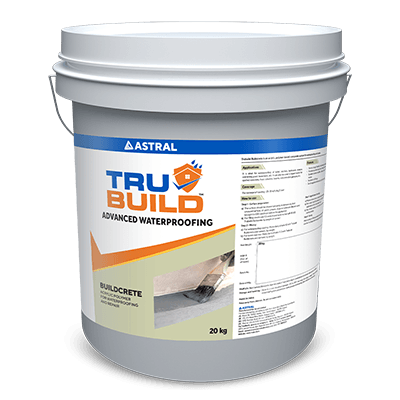

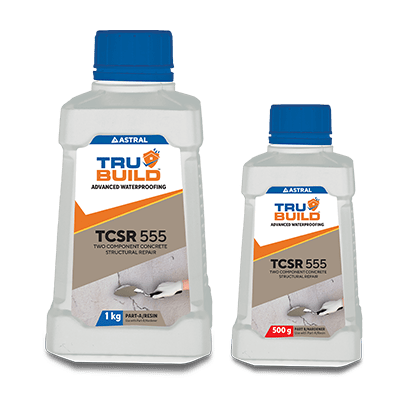


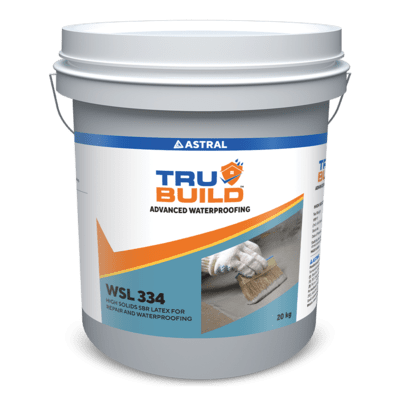
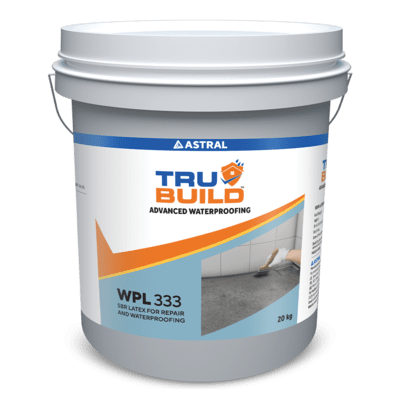
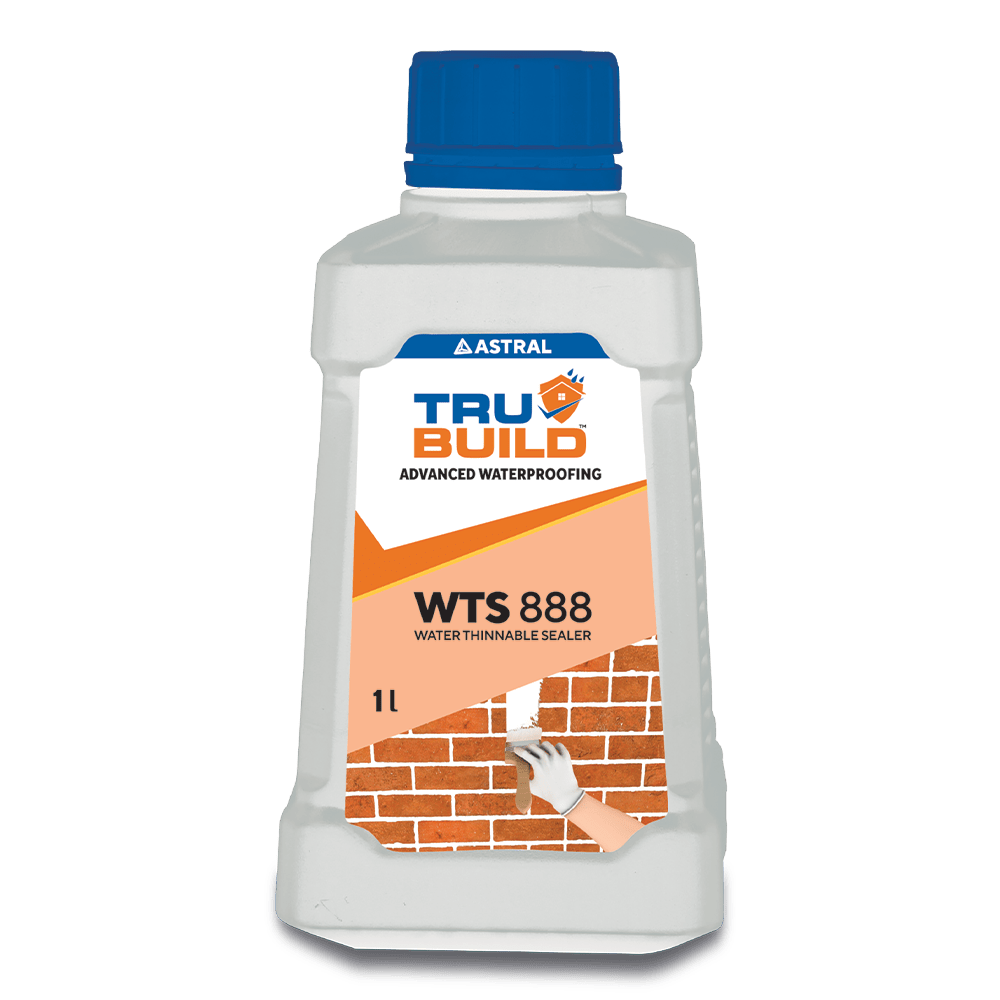



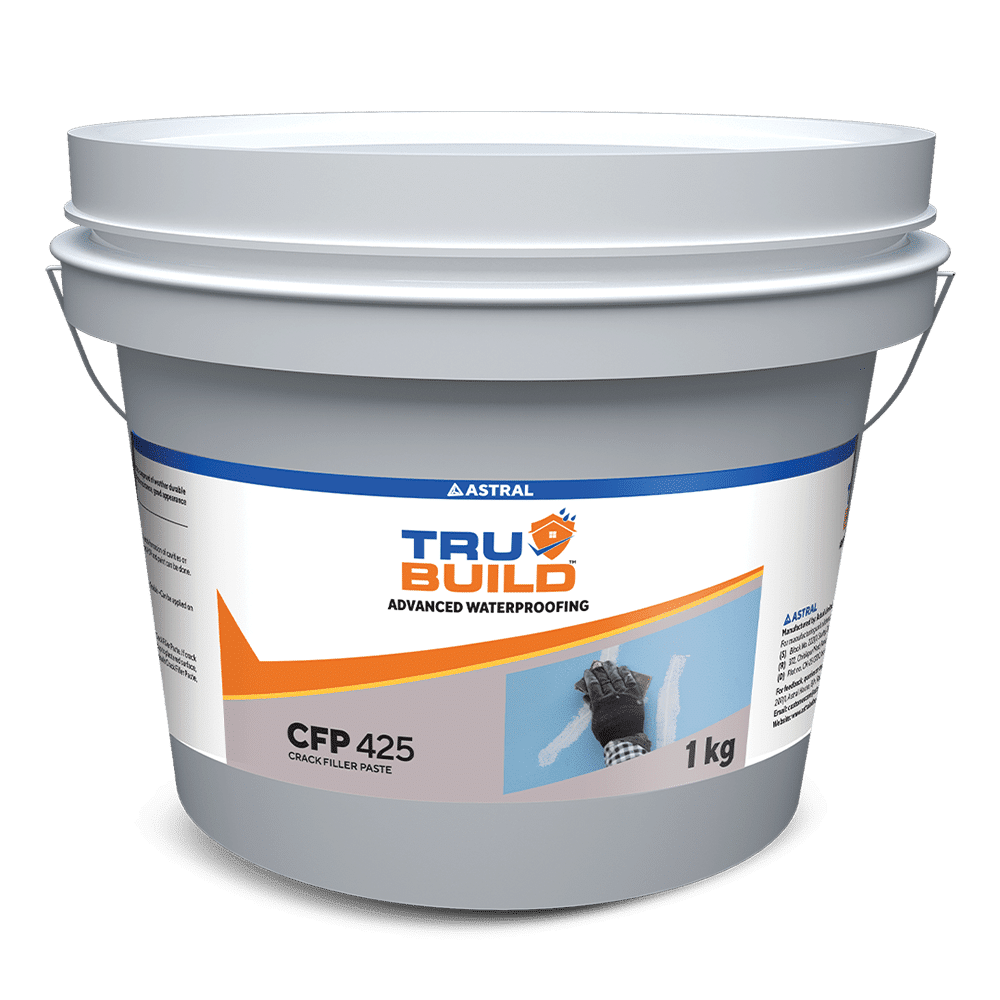




 Professional Sealants
Professional Sealants
 Roof Waterproofing
Roof Waterproofing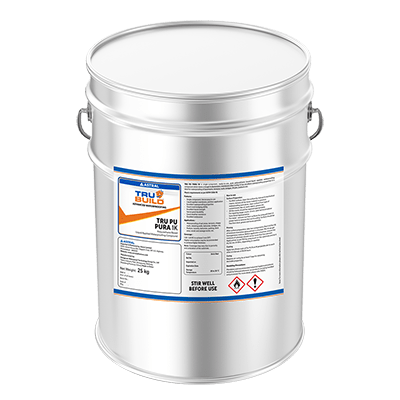
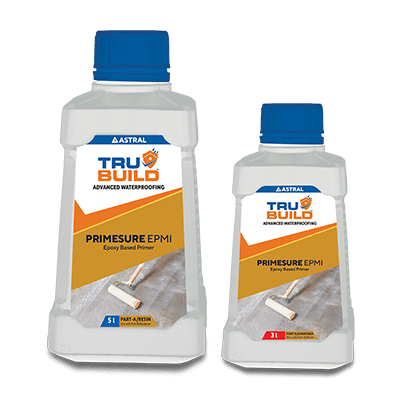





 Substructure Waterproofing
Substructure Waterproofing Tiling and Grouting
Tiling and Grouting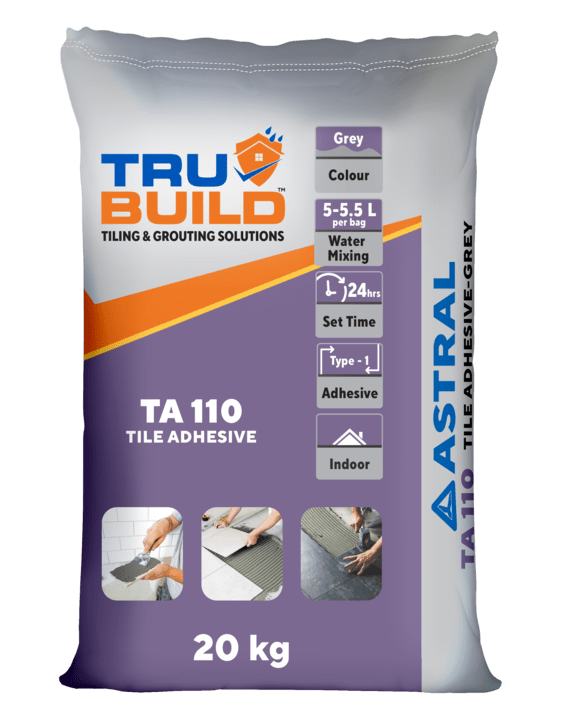
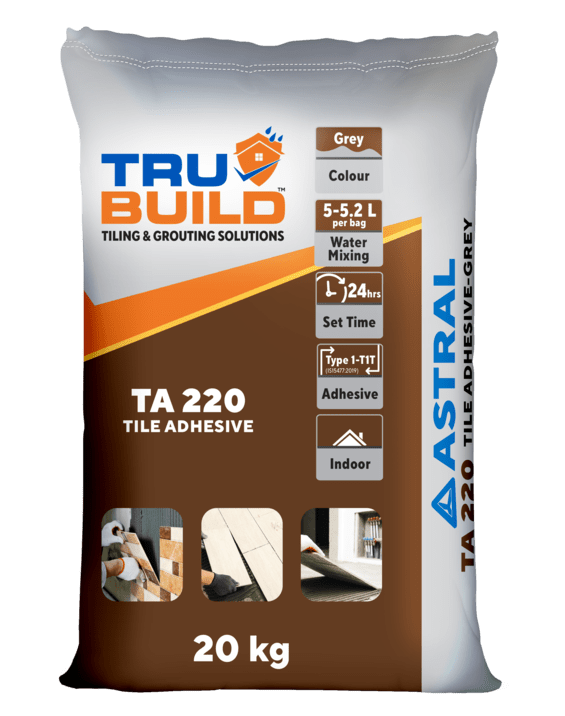

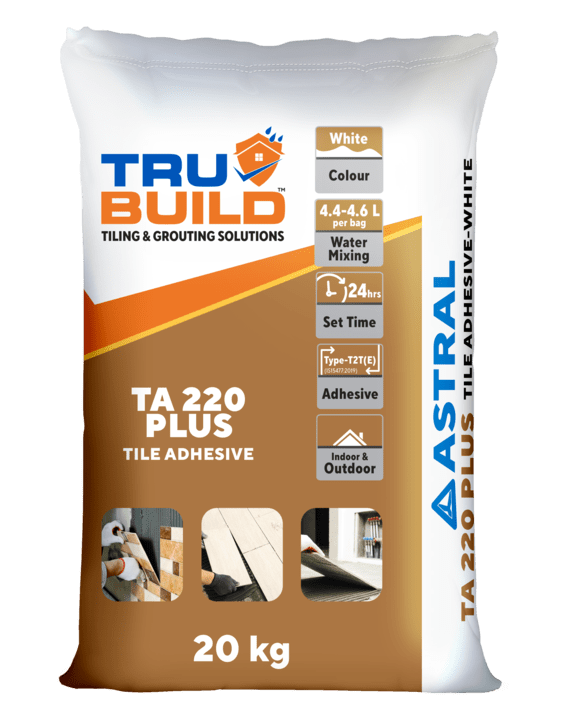
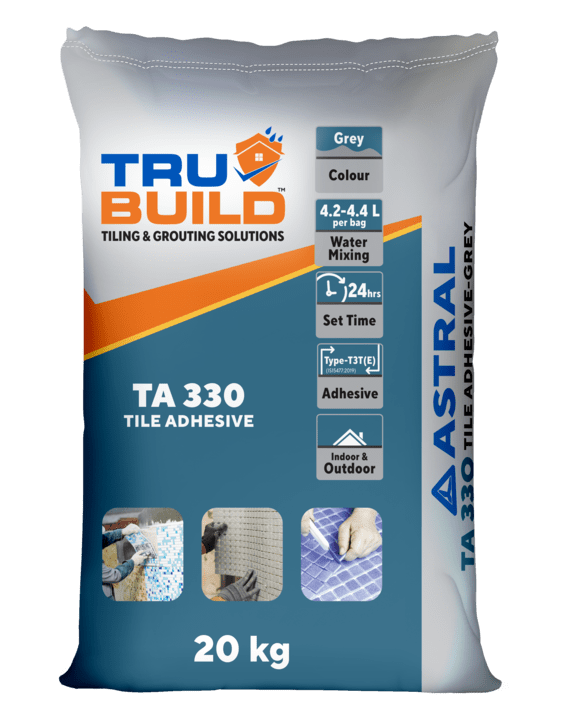
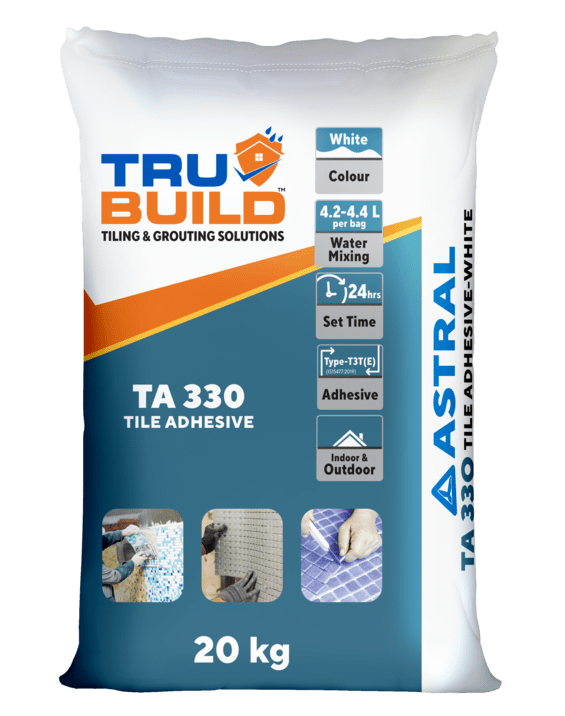
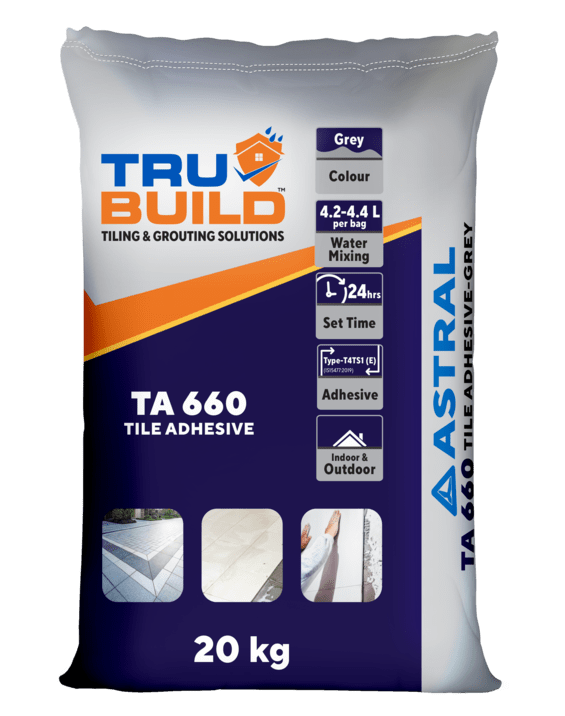
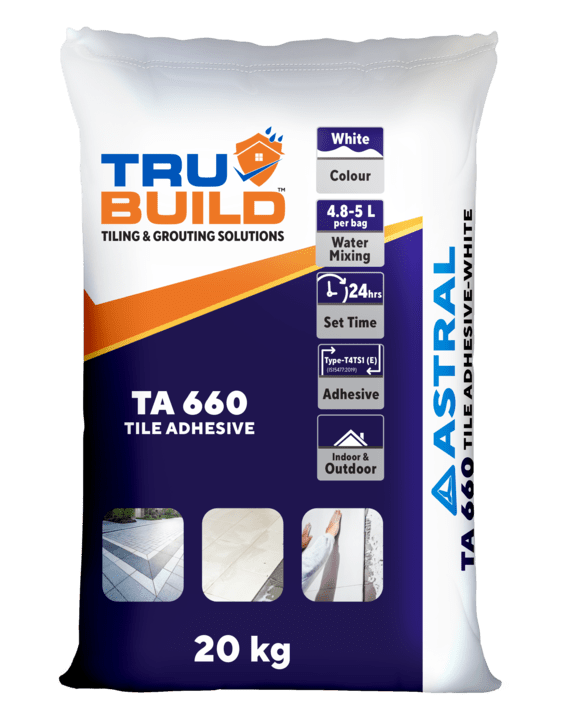



 Water Tanks and Other Areas
Water Tanks and Other Areas